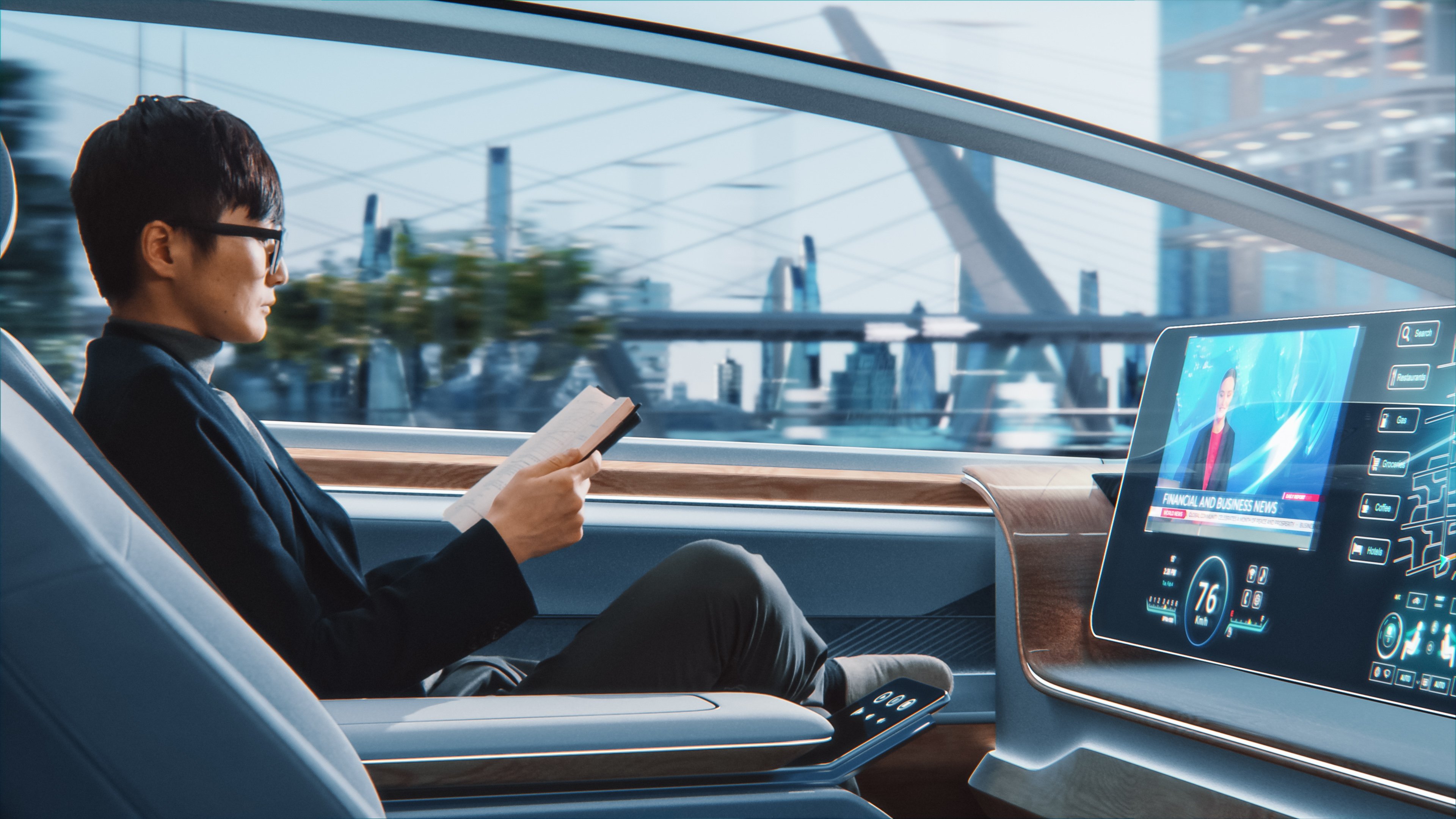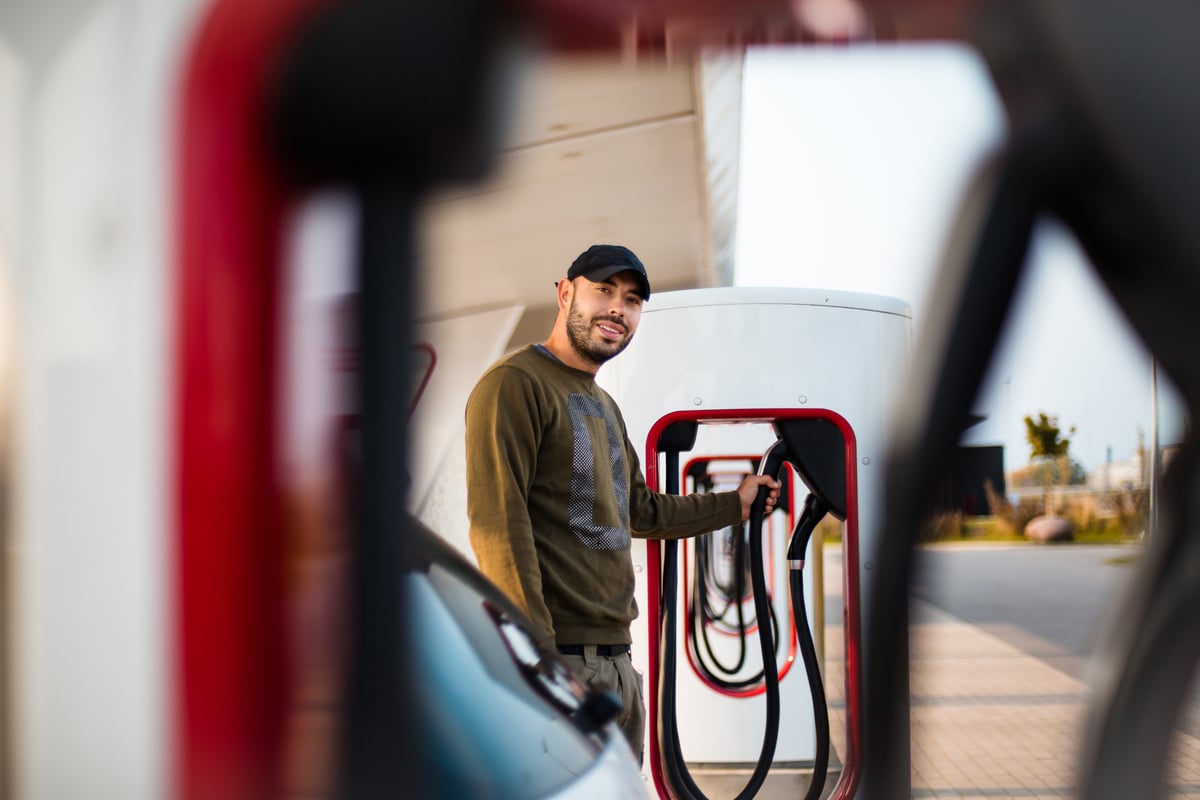Investors hit the brakes on shares of Tesla Motors (TSLA 4.58%) last month after two separate incidents of Model S fires made headlines around the world. The stock suffered its worst monthly decline in nearly three years as a result, with shares plummeting more than 17% in October. However, there are a few reasons shareholders should be optimistic about Tesla ahead of its third-quarter earnings on Tuesday.

Tesla's growing family of top talent
The negative press last month distracted investors from some promising developments at the electric-car maker, including Tesla's decision to hire Apple's former VP of Mac hardware engineering, Doug Field. At Apple, Field played a critical role in the creation of key products including the latest MacBook Air, MacBook Pro, and iMac.
In his new role as vice president of vehicle programs at Tesla, Field will oversee driving development of new vehicles. Of course, this isn't the first top executive Tesla has poached from Apple. Tesla's VP of worldwide sales, George Blankenship, is also known for his Apple experience. In fact, during his 10-year tenure as Apple's vice president of real estate, Blankenship built one of "the most successful retail growth strategies in history," according to a company press release. It makes sense that Blankenship is now the driving force behind Tesla's disruptive retail strategy.
"By blending the top minds from technology, automotive and manufacturing, Tesla is building the car company for the future," said CEO Elon Musk. From Musk's visionary leadership to some of the industry's most talented engineers, Tesla's all-star team should continue to deliver near-flawless execution in the quarters ahead.
A semi-autonomous car by 2016
Tesla's Model S is already the top-selling car in the nation's wealthiest communities. However, Musk's promise of delivering autonomous cars within just three year's puts Tesla ahead of competitors in the race to build a driverless experience. Tesla is currently working on an autopilot system for its Model S that would be capable of operating the car without help from the driver for 90% of the miles driven.
What's important is the time frame. If Musk can get a (mostly) driverless car on the road before the traditional automakers, it could be Tesla's ticket to sustained success. Moreover, Tesla's future largely depends on the company's ability to continue to innovate, particularly given the stock's $20 billion market cap. Musk's aiming to get this technology to market by 2016, which is much sooner than rivals in the space. For example, Nissan says it will offer a semi-autonomous car by 2020, while tech pioneer Google plans to make its self-driving cars production-ready within five years. Another advantage to Tesla's approach is that it's more affordable than Google's laser tracking systems, which are mounted to a car's roof. Tesla, on the other hand, will likely use a combination of radar and tiny flush-mounted cameras .

Model S 17-inch touchscreen.
Ultimately, this creates another opportunity for Tesla to establish itself as one of the most innovative automakers on the planet. Tesla will be more than worthy of its frothy market cap if the company can add self-driving cars to its groundbreaking lineup of vehicles in the coming years.The possible benefits of autonomous cars are far-reaching including making driving safer. "More than 1m people are estimated to die on the world's roads each year," according to the Financial Times. Many of these deaths are a result of human error while driving.






